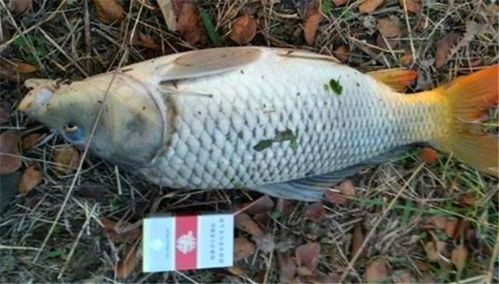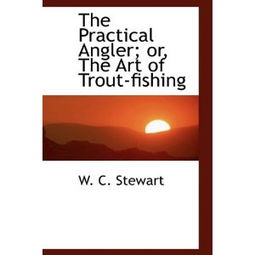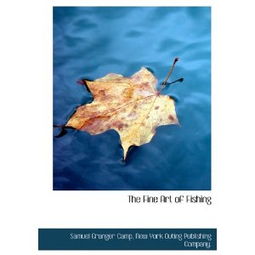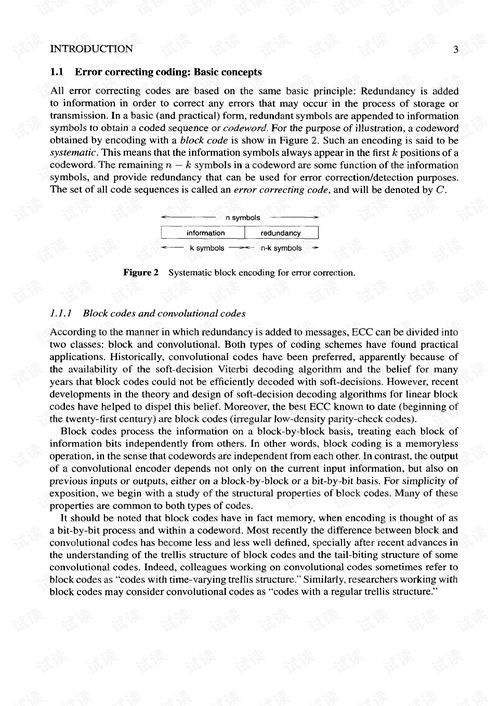Introduction:
Rainy weather can often be a deterrent for many anglers, but for those who embrace the challenge, the rewards can be great. The sound of raindrops on the water, the serene atmosphere, and the increased fish activity during wet weather make rainy-day fishing a unique and satisfying experience. One key aspect that can make or break your rainy-day fishing adventure is the technique of baiting. Here, we delve into the art of fishing in the rain and offer expert tips on how to effectively set up your bait to catch more fish.
Understanding the Rainy Weather Fish Behavior:
Fish often become more active during rainy weather due to the increased oxygen levels in the water. The rainwater dilutes the water's salt content, making it more comfortable for fish to breathe. Additionally, the rain can stir up the water, bringing nutrients to the surface and attracting fish. However, it's crucial to understand how to adapt your baiting techniques to take advantage of this behavior.
Choosing the Right Bait:
Live Bait vs. Artificial Lures:
- Live Bait: Live bait can be highly effective in rainy weather. Fish are more likely to strike at the movement and natural appearance of live bait. Options like worms, minnows, or leeches are popular choices.
- Artificial Lures: While live bait can be enticing, artificial lures can sometimes be more effective. The sound and vibration of certain lures can attract fish during rainy conditions.
Odor and Attractants:
Using baits with strong scents or attractants can be beneficial. Products like attractant paste or scented baits can increase the appeal of your bait to fish that may be less likely to feed during wet weather.
The Art of Baiting:
Finding the Right Spot:
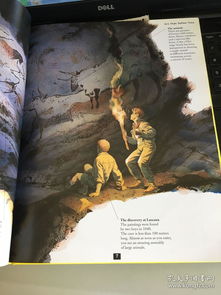
Before you start baiting, it's important to find a productive spot. Look for areas with cover, such as logs, rocks, or weed beds, as these can provide shelter for fish during the rain.
Using the Right Amount of Bait:
It's important not to over-bait. A small amount of bait can be more effective in rainy conditions. The increased oxygen levels make fish more selective, so they may be less likely to strike at an excess of bait.
Baiting Techniques:
- Drop and Wait: Once you've found a productive spot, drop your bait and wait. Fish may take a few minutes to approach, so patience is key.
- Jigging: For artificial lures, a slow and steady jigging motion can be effective. The erratic movement can attract fish that are otherwise uninterested.
- Pendulum Baiting: This involves casting your bait out and letting it fall naturally. The slow descent can mimic the natural fall of food items in the water.
Setting Up Your Bait Station:
- Multiple Bait Stations: Setting up multiple bait stations can increase your chances of catching fish. This allows you to cover more ground and target different fish populations.
- Maintaining Bait Stations: Regularly check and replenish your bait stations. This ensures that you have fresh bait available for the fish to strike.
Final Thoughts:
Fishing in the rain can be a challenging but highly rewarding experience. By understanding the behavior of fish during rainy weather and employing effective baiting techniques, you can increase your chances of success. Remember to be patient, adapt to the conditions, and enjoy the tranquility of fishing in the rain.
This article covers the basics of fishing in the rain and the importance of baiting techniques. With a focus on understanding fish behavior and adapting your approach, you can turn a rainy day into a memorable fishing adventure.
